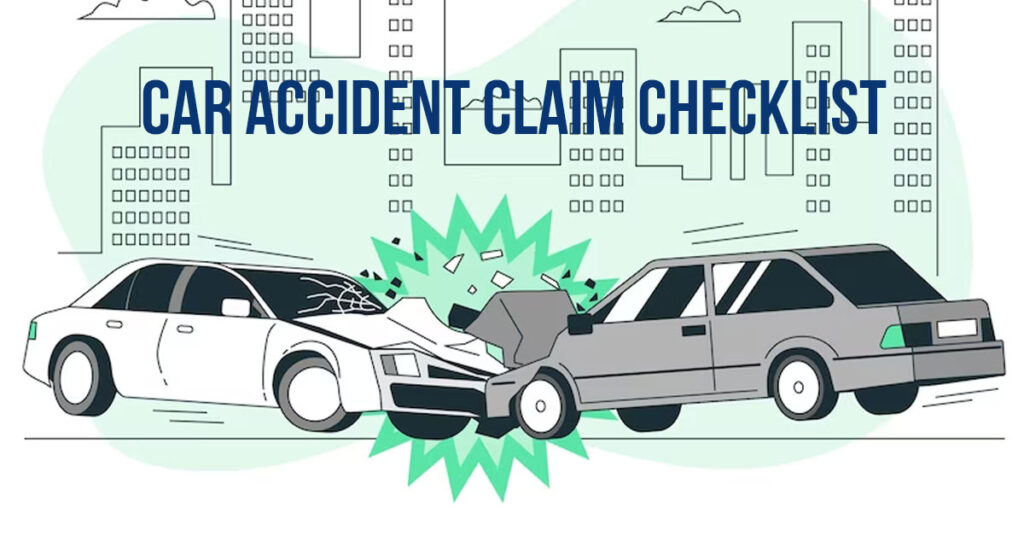Dealing with the aftermath of a car accident is stressful enough. But when your insurance company, the very entity you rely on for protection, refuses to pay out a legitimate claim, the situation can become overwhelming. While insurance is meant to provide a safety net, sometimes you need to fight to receive the compensation you deserve. This guide outlines the steps you can take if you find yourself needing to sue your insurance company after a car accident in the United States.
Understanding Why Claims Are Denied
Insurance companies deny claims for various reasons, some legitimate, others questionable. It’s crucial to understand the possible justifications before considering legal action.
- Disputed Liability: Insurance companies may deny a claim if they disagree about who was at fault for the accident. This is especially common in accidents with unclear circumstances or conflicting accounts. They may conduct their own investigation, and if they determine you were at fault, or even partially at fault in states with comparative negligence laws, they may deny or reduce your claim.
- Coverage Issues: Your policy might not cover the specific type of damage or injury sustained. For example, if you only have liability coverage, your insurance won’t cover damages to your own vehicle. Or, the other driver may not have sufficient coverage to pay for your damages.
- Policy Lapses or Exclusions: If your policy lapsed due to non-payment, or if your policy contains specific exclusions that apply to the accident (e.g., driving under the influence), the claim could be denied.
- Suspicion of Fraud: Insurance companies are wary of fraudulent claims. Inconsistencies in your story, delayed reporting of the accident, or a history of suspicious claims could raise red flags and lead to a denial. To protect your claim, document everything, including photos of the accident scene, damage to the vehicles, and any injuries you sustained. Obtain witness statements and promptly seek medical attention.
- Failure to Seek Prompt Medical Attention: Delays in seeking medical treatment after an accident can also lead to claim denials. Insurance companies may argue that your injuries were not caused by the accident or that they are not as severe as you claim. Seeing a doctor as soon as possible after the accident creates a paper trail and documents the accident’s connection to your injuries.
- Insufficient Evidence: A lack of evidence to support your claim can lead to denial. This might include a police report, witness statements, medical records, or repair estimates.
Initial Steps After a Claim Denial

Before resorting to a lawsuit, take these initial steps to try and resolve the issue:
- Request a Written Explanation: Don’t just accept the denial. Demand a written explanation from the insurance company outlining the specific reasons for the denial, referencing specific policy language if applicable. This documentation is essential for understanding their rationale and building your case.
- Review Your Policy: Carefully review your insurance policy to understand your coverage, limitations, and any exclusions that may apply. Make sure you understand what is and isn’t covered.
- Gather Additional Evidence: If the denial is based on insufficient evidence, gather additional documentation to support your claim. This might include additional witness statements, expert opinions, photos, or repair estimates.
- File an Internal Appeal: Most insurance companies have an internal appeals process. File a formal appeal, presenting any new evidence or arguments to support your claim. Be sure to follow the company’s specific procedures and deadlines for appeals.
- Consider Mediation: Mediation involves a neutral third party who helps you and the insurance company reach a mutually agreeable settlement. It’s a less formal and less expensive alternative to litigation.
When to Consider Suing

If all other avenues have been exhausted and you believe the insurance company is acting in bad faith or wrongfully denying your claim, it may be time to consider filing a lawsuit. Here are some indicators:
- Bad Faith Practices: If the insurance company is engaging in bad faith practices, such as unreasonably delaying the investigation, misrepresenting policy terms, or offering a settlement that is far below the actual value of your claim, a lawsuit may be warranted.
- Significant Financial Losses: If you have incurred significant financial losses due to the accident, such as medical bills, lost wages, and property damage, and the insurance company is refusing to compensate you fairly, a lawsuit may be necessary to recover those losses.
- Statute of Limitations: Be aware of the statute of limitations for filing a lawsuit related to a car accident in your state. This is the deadline by which you must file a lawsuit, or you will lose your right to sue. The statute of limitations varies by state and type of claim.
Steps to Filing a Lawsuit
Filing a lawsuit against an insurance company is a complex process that requires legal expertise. Here are the general steps involved:
- Consult with an Attorney: The first and most crucial step is to consult with an experienced attorney who specializes in car accident claims and insurance disputes. An attorney can evaluate your case, advise you on your legal options, and represent you throughout the legal process.
- File a Complaint: Your attorney will file a formal complaint with the appropriate court, outlining the facts of the accident, the reasons for the claim denial, and the damages you are seeking.
- Discovery: The discovery phase involves gathering evidence to support your case. This may include interrogatories (written questions), depositions (oral examinations), and requests for documents.
- Negotiation and Settlement: Your attorney will attempt to negotiate a settlement with the insurance company. If a settlement cannot be reached, the case will proceed to trial.
- Trial: At trial, you and the insurance company will present evidence to a judge or jury, who will decide the outcome of the case.

Choosing the Right Attorney

Selecting the right attorney is critical to the success of your lawsuit. Look for an attorney who:
- Has experience handling car accident claims and insurance disputes.
- Has a strong track record of success in litigating against insurance companies.
- Is knowledgeable about insurance law and regulations in your state.
- Communicates clearly and keeps you informed about the progress of your case.
- Is willing to fight for your rights and pursue the best possible outcome.
Documenting Everything
Throughout the entire process, from the initial claim denial to the conclusion of the lawsuit, it’s essential to document everything. Keep copies of all correspondence, emails, phone records, medical records, repair estimates, and any other documents related to your claim. This documentation will be invaluable to your attorney in building your case.
Suing an insurance company is a serious undertaking. By understanding your rights, taking the necessary steps, and working with a qualified attorney, you can increase your chances of obtaining the compensation you deserve.





Leave a Reply